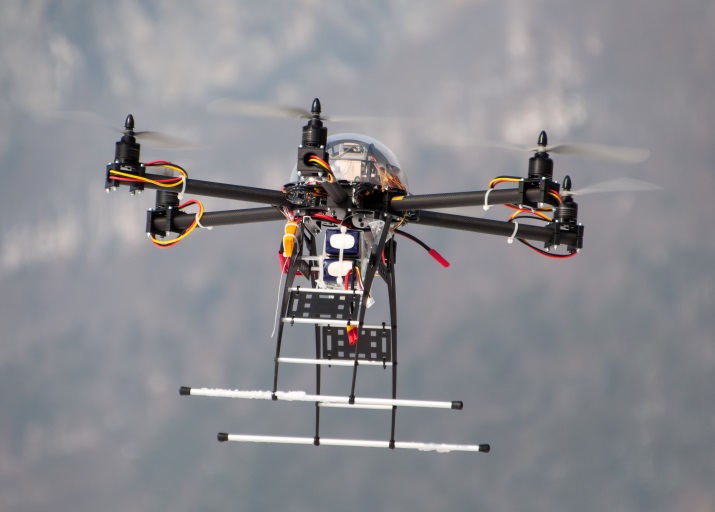

The media attention after Amazon’s stunt with a drone delivering packages to customers, made it clear that Remotely Piloted Aircraft Systems (RPAS) are here to stay. What the popular video didn’t say is that before we see any RPAS delivering packages, regulators and the aviation community must find a way to integrate them safely into airspace. And pilots operating in the cockpit of 'real' aircraft can contribute to this.
 Over the past decades, RPAS have been fielded in increasing numbers across many nations and military services. But today, anyone can buy a remote controlled aircraft and use it in civil airspace. From movie directors, journalists and hobbyists to farmers and disaster relief teams, popularity of the RPAS technology is growing by the day. But as any new technology, RPAS poses a number of challenges.
Over the past decades, RPAS have been fielded in increasing numbers across many nations and military services. But today, anyone can buy a remote controlled aircraft and use it in civil airspace. From movie directors, journalists and hobbyists to farmers and disaster relief teams, popularity of the RPAS technology is growing by the day. But as any new technology, RPAS poses a number of challenges.
Warnings about the safety risks of civil use of small unmanned aircraft, or RPAS, have already come from many authoritative sources, incl. EASA, the European Commission and the Federal Aviation Administration (FAA). An EASA analysis of the accident rates warns that if the current RPAS accident rate were permitted to increase, we will ultimately be confronted with a 400 fold increase in RPAS and manned aircraft accidents. That would be an unacceptable development. While in the US the commercial use of drones is banned by the FAA, in Europe eight Member States have taken first steps to allow commercial RPAS activities.
Against this background, in early October, ECA pilot experts met to map out the RPAS-related ‘red flags’ raised by the aviation community. The group discussed the vulnerabilities of the technologies, the fragmented regulatory frameworks in Europe and across the world, licensing standards and – critically – the safety and security aspects of integrating RPAS into airspace. This ‘brainstorming’ session will serve as a basis for further analysis and an action plan on how to address the many challenges related to RPAS across the world and how to ensure this safe integration into airspace.
Read more: UAS Systems Safety Analysis - EASA/JARUS Scoping Paper RPAS